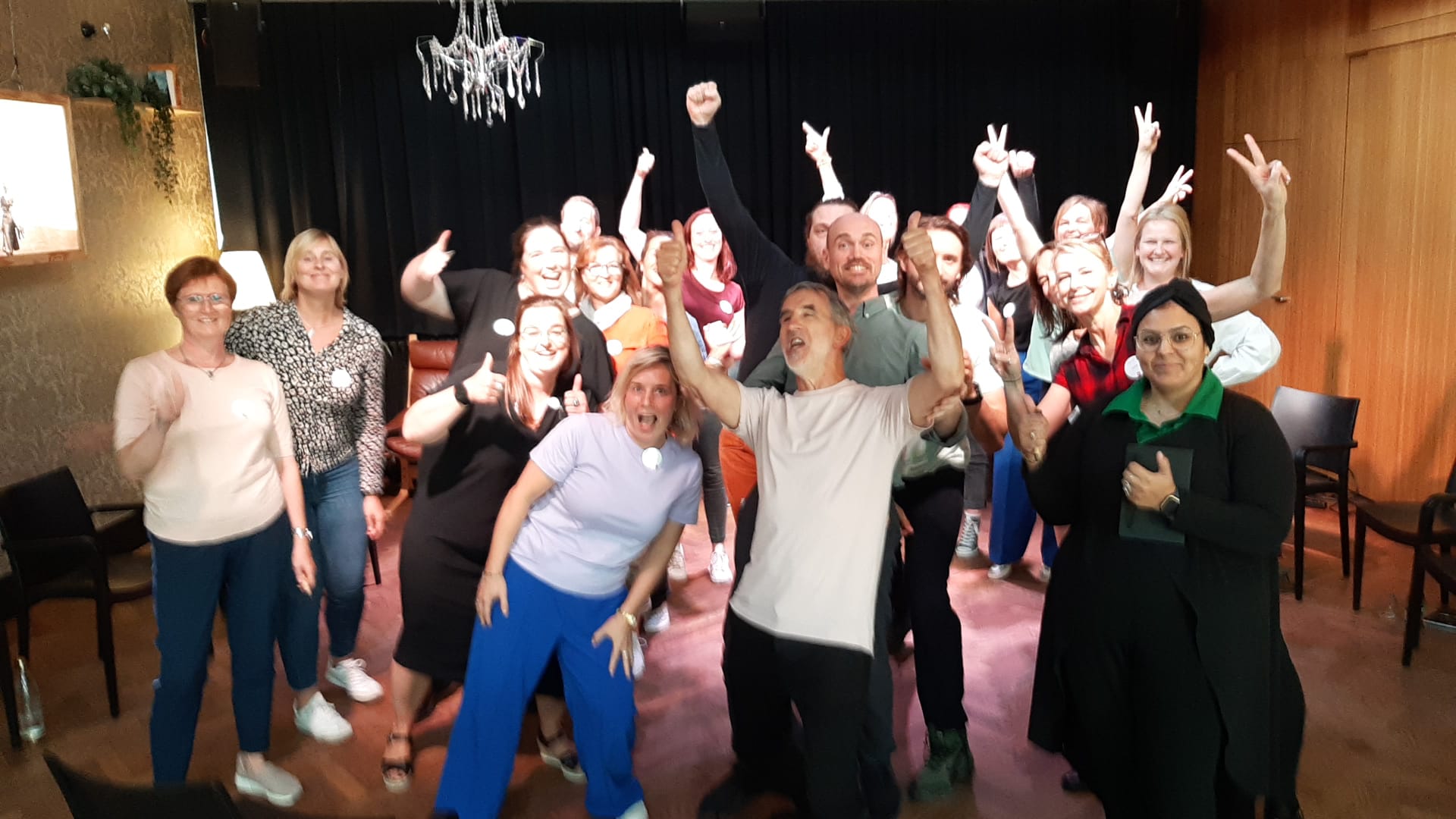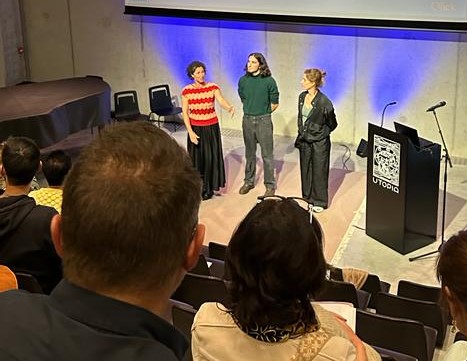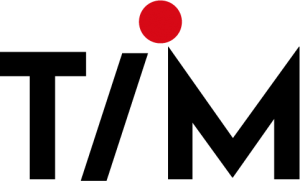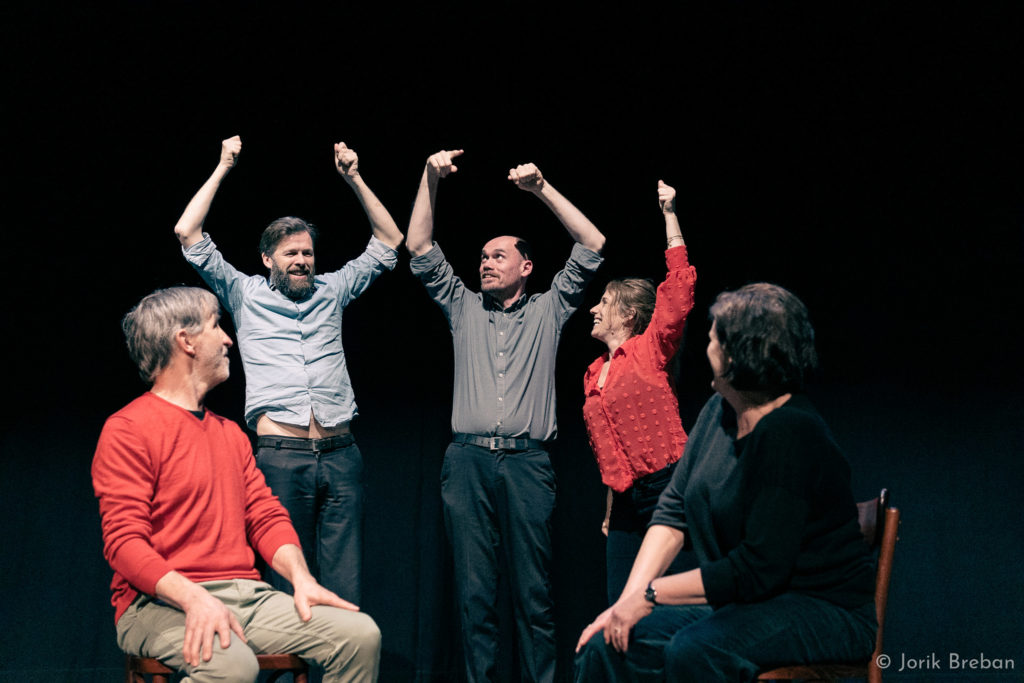It is regularly stated simplistically among coaches and trainers that it is pointless for an outside party to make one-time interventions in an organization. That you can do more harm than good with them. That you might set off a bomb, but then cheerfully brush off your shovel. That you don't change anything essential.
I think it's both-and. There are excellent long-term trajectories as well as rock-solid one-off interventions.
And negative excesses on both sides. Besides the careless one shots, we are also familiar with the agonizingly slow, painstakingly documented, but insignificant trajectories that make some consultants sleepy rich.
For example, we sometimes hear the following statements:
"In this performance, I learned more about feedback than in the three courses I took," he said.
"How is it possible that within the two hours and in such a large group, we talked so openly with each other?"
"Thanks for getting so much clear. This is something we can do very well with now!"

One of the problems that frequently arises is that people go too far beyond their expertise. They then start messing around. Moreover, the idea that a process must be long and expensive keeps business leaders or managers under the illusion that messing around is part of the job. It is also not easy to admit that something has turned out somewhat meager if a lot of money has been thrown at it.
Of course, in practice, every course runs differently than planned. But where do which bumps come from? From what emerges from the undercurrent of an organization? And/or from the external who is working too far above and beyond his/her cap?
What an organization chooses not only has to do with what is on offer, but also what it can bear itself. If a whole department exists within HR for training and development, it is perfectly capable of taking charge of a longer-term project. Or if that department does not exist, but there is just someone walking around who has that as a talent: keeping the overview and drawing lines. There are people who remodel their entire house themselves, with specific jobs done by professionals. And others choose a contractor-architect who hires a battery of subcontractors.
Fortunately, there are quite a few B2B providers who do know how to delineate well, or differentiate strongly in house, or maintain a good network for temporary collaborations. It's about sticking to your own last, regardless of how small or large that last is.


We ourselves like to emphasize that with TIM Theater, we are performances of the One Shot Family. We love to do what we do best as a team. That this also brings together a mix of the players' other expertise in working with organizations naturally adds to the quality!
A thematic improvisational theater performance fits perfectly into the moments of reflection, curiosity, daring. Comparable to the moment when the surgeon cuts and has an inkling, but is never sure what he will find. Those are our exploratory performances. For example TIM XL, Forum Theater, Said he, Said she.
Either we give arms and legs to theoretical frameworks or plotted lines. As there are: Swarm, Just Say It, Same-Same (but different). And holistic as we are, of course, there is always illustration in exploration, and exploration in illustration.
Or to return to remodeling: we are plumbers on the one hand and painters on the other. But not an architect, chapper, or roofer.
Thematic Improvisational Theatre is further a form of theme-centered interactive process work and will always be "customized."
The care of a one shot intervention, as with any intervention, is in properly examining the question. And additionally in delineating, together with the client, the answer. Is more needed or desired? Then we suggest the specific areas of expertise within our team, or refer to route counsellors and organizations from our network. Conversely, we love to be a stage in someone else's journey!
So are you a coach, consultant, trainer and have never seen a TIM? Welcome this Thursday, Oct. 19, in Leuven To see one!

Another benefit of sticking to the mark and delineating well is strengthening the organization. External interventions should offer themselves like therapists give therapy and leaders lead: as much and as long as necessary, as little and as short as possible. This benefits self-learning, ownership and self-direction.
And aren't these precisely hot topics for which externals are brought in?
Less is more, said Shakespeare by the way!

